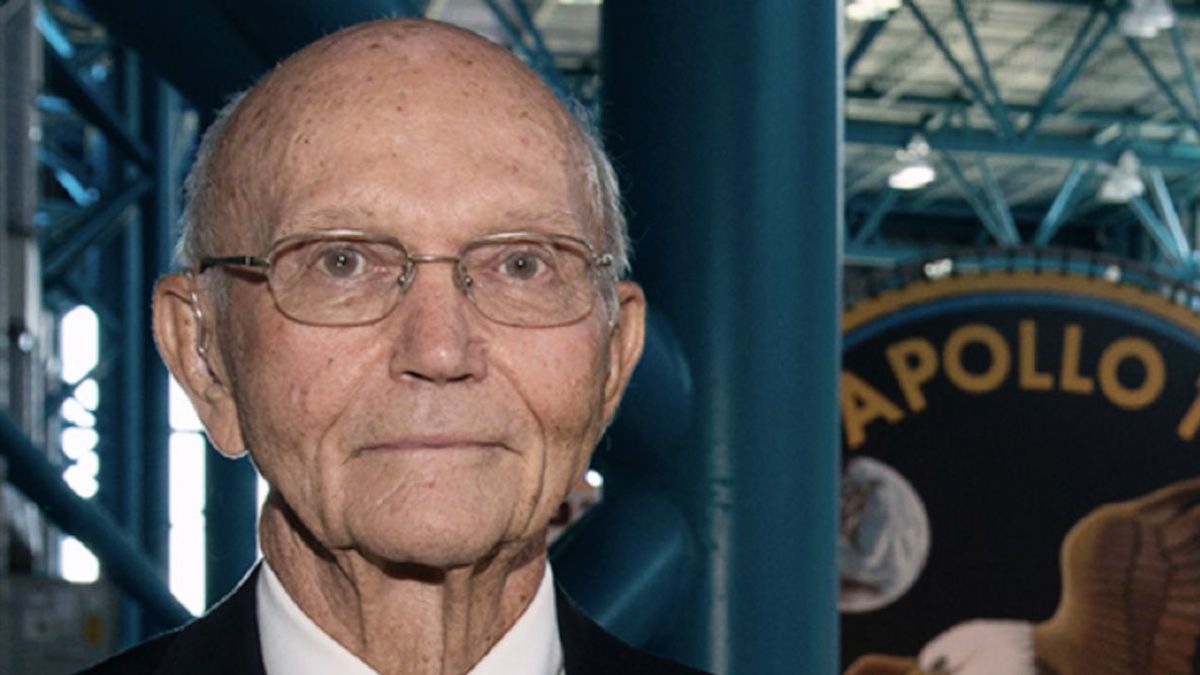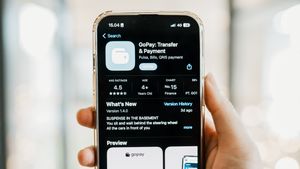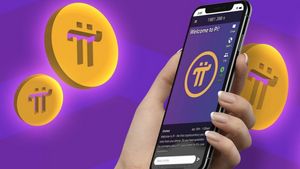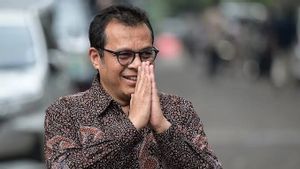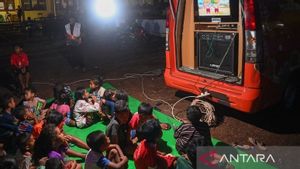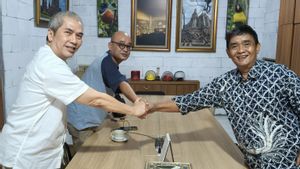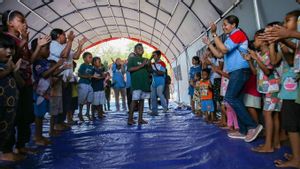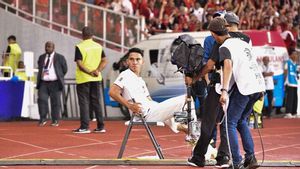When you hear the word Apollo 11, you often remember an iconic American space mission involving astronauts Neil Armstrong and Buzz Aldrin landing on the moon.
However, the name that may not always come to mind is Michael Collins, who is famous for never setting foot on the moon even though he is leading a successful space flight that allowed Neil Armstrong to be the first to walk on the moon.
After completing the first successful human expedition to the moon, you may think that this trio will be respected once it arrives on Earth - but Collins reveals the surprising action they took upon their arrival.
Prior to his death in 2021, he told Australia's 60 Minutes: "We were put into quarantine for two weeks. Some of our scientists worry about pathogens that we might bring back from the moon, which may be dangerous for mankind."
This legendary astronaut added: "So, their solution to it is to put us in a hermetically sealed container with a very large white mouse colony." He explained the strange act: "[If] white rats live, we are fine, [if] white rats die, we are in serious trouble."
"Of course, I watched him - there were too many of them to be named, but they were my friends," Collins said.
Fortunately, the mice survived - so did the trio.Coca tetap bahwa ia tidak keberatan dengan pengakuan yang lebih banyak daripada rekan-rekan seledededisnya."Being a small part of it [mission] is perfect for me," ujarnya. "Apart from that, saya a ticket mereka pulang - mereka tidak bisa pulang tanpa saya."
He denies claims about loneliness, telling NPR on the 50th anniversary of Apollo 11. "I mean, loneliness - some of the lonely people - loneliness for life or a month or a year. I mean, for eight days away and home, I don't think loneliness really goes into the equation, unless it seems to be in the press mind at the time," he said.
However, he acknowledged in his autobiography titled "Carrying the Fire: An Astronaut's Journeys": "I know that I would be a liar or stupid if I said I had the best seat of three Apollo 11 seats."
"But I can say with the truth and calm that I am very satisfied with the seats I have," he said in his autobiography.
His crew members spent time collecting lunar stones, with great admiration, while Collins chose to orbit the moon alone for nearly 28 hours, in total darkness.
SEE ALSO:
Collins graduated with a military science degree from the United States Military Academy in 1952, following in the footsteps of his father and brother. He then joined the US Air Force as a test pilot, before being selected by NASA's prestigious Apollo program in 1963. But he is not always so optimistic.
He suffered a blow to his confidence a year earlier when NASA rejected him as one of the nine astronauts for their 1962 Gemini program. "With one part of clever logic, and nine parts of blind luck, I passed," he said.
Like Armstrong, Collins was only 38 years old when he finished the space flight. And surprisingly, he only earns $17,000 per year despite being one of NASA's most trained command module pilots and taking the risk of life to make history.
Interestingly, the 1969 landing was not Collins' first chance to achieve success. However, timeless back surgery prevented him from participating in the Apollo 8 orbit at Christmas 1968.
Apollo 8 orbited the moon 10 times without landing, but astronauts Frank Borman, James Lovell, and William Anders became the first humans to take pictures of the sunrise from space. This is the first manned spaceflight mission in NASA's Apollo program.
The English, Chinese, Japanese, Arabic, and French versions are automatically generated by the AI. So there may still be inaccuracies in translating, please always see Indonesian as our main language. (system supported by DigitalSiber.id)
